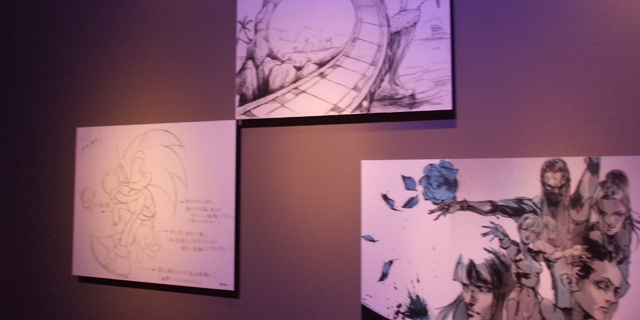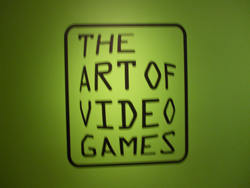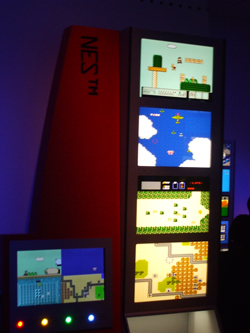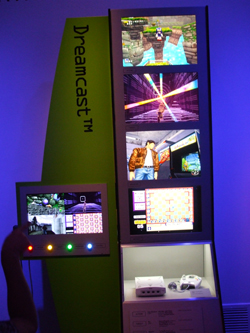
The debate about whether video games are art, or can ever be art, has raged for years, and I doubt a resolution will be reached anytime soon. However, what no one can argue is that there is certainly plenty of good art in video games, regardless of what the games themselves are. Showcasing the art and the capabilities of video games in expanding the reach of art is the point of the Smithsonian’s “The Art of Video Games” exhibit, and it does a great job of it.


The exhibit is set up in an entire wing of the top floor of the Smithsonian American Art Museum, and it takes advantage of all that space by spreading the different sections of the exhibit throughout a number of different rooms. One way the exhibitors worked to make things more understandable to those who may not be familiar with video games was by splitting it up into five periods, based on the graphical power available to them.
One room is set up with some videos talking about the design process, from the beginnings of the game business to modern day. Along the walls and in cases are reprints and originals of concept art for games as varied as World of Warcraft and Worms. In another you’ve got more concept art, alongside the final in-game art to show comparisons of its evolution over the creative process. In that room, there’s also a five-monitor setup that gives a comparison of the graphics used for various aspects of games during each of the five periods of games (such as walking, jumping, flying and cutscenes). It’s a great setup to see exactly how far we’ve come in this industry in the past 30 years.
Another room is set up with one iconic game from each era for viewers to play for a few minutes, so they can not only see them in action, but try them out themselves. They did a great job selecting the games for each period, with Pac-Man, Super Mario Bros., Secret of Monkey Island, Myst and Flower getting the nod. This was the most crowded room of the exhibit while I was there, and I was pleased to see people ages 5 to 60 checking out each game.


The last room of the exhibit is where most of the attention was placed, and it was well worth it. The twenty most important home consoles released in the US since the Atari were on display, in chronological order, along with four games for each system. The games were selected specifically to showcase each system’s graphics capability in four different genres: action, targeting, adventure, and tactics. These weren’t playable, but a short audio blurb was available to talk about each game’s contribution to the advancement of the industry that you could listen to while watching a short segment of gameplay. It was wonderful fun, and very much a nostalgia trip, to see games from the Atari, Colecovision and Intellivision on display right next to the Sega Master System, N64 and Dreamcast.
All in all, the exhibit is very well designed and organized to show off the art of video games, and after walking through the exhibits in the rest of the museum, I am very pleased to say that “The Art of Video Games” was by far the most popular section of the museum this past weekend.
Sadly, the exhibit will close at the end of the month, but it’s not your last chance! It’s scheduled to tour around the country, starting with the Boca Raton Museum of Art on October 24.



















